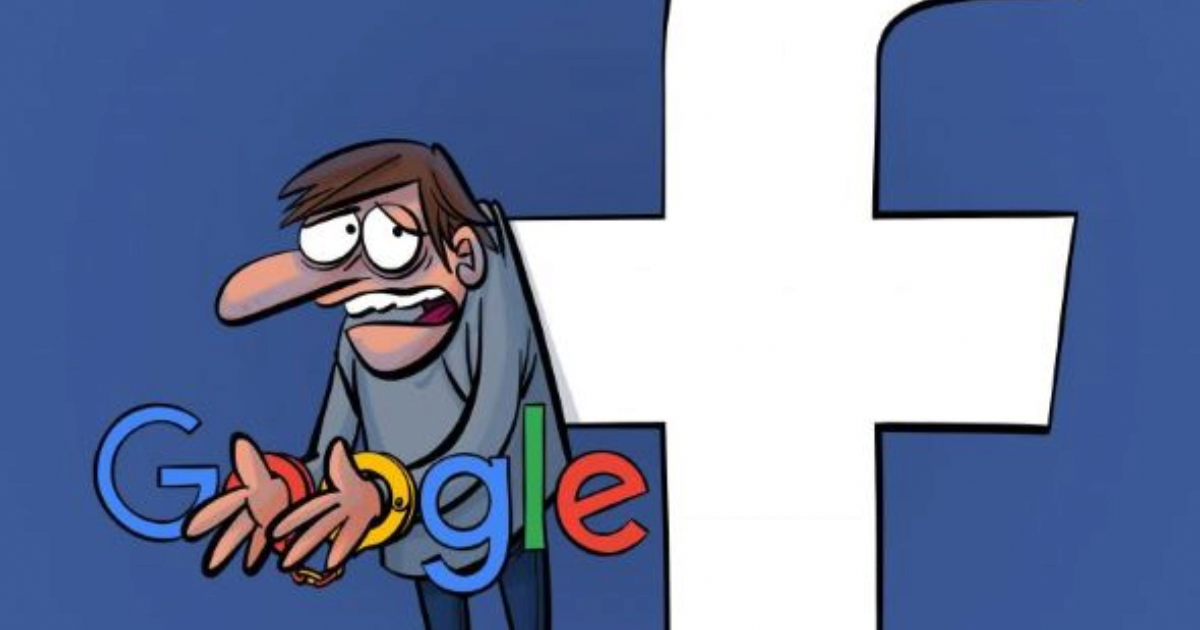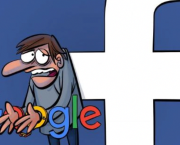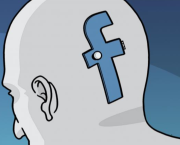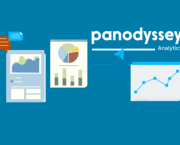
The media's problematic dependence on Google and Facebook
 9 min
9 min
The media's problematic dependence on Google and Facebook
Big tech companies bring in plenty of traffic for media outlets but take a disproportionate chunk of the earnings. And even when agreements are signed, it’s Big Tech that sets the rules.
By Andreas Vou - Osservatorio Balcani e Caucaso Transeuropa (Rovereto)
Published on 2 September 2021 at 14:00
The media industry’s ever-increasing dependence on digital advertising revenue sees the two companies which dominate the market, Google and Facebook, dictate the fate and direction of journalism. Big Tech giants profit from the work of publishers yet take a disproportionate slice of the proceeds, particularly undercutting small and medium-sized outlets.
An analysis of web traffic data of six of the largest UK publishers found that over a third of their visits came









 English
English
 Français
Français
 Deutsch
Deutsch
 Italiano
Italiano
 Español
Español



 Contribute
Contribute


















 You can support your favorite writers
You can support your favorite writers





